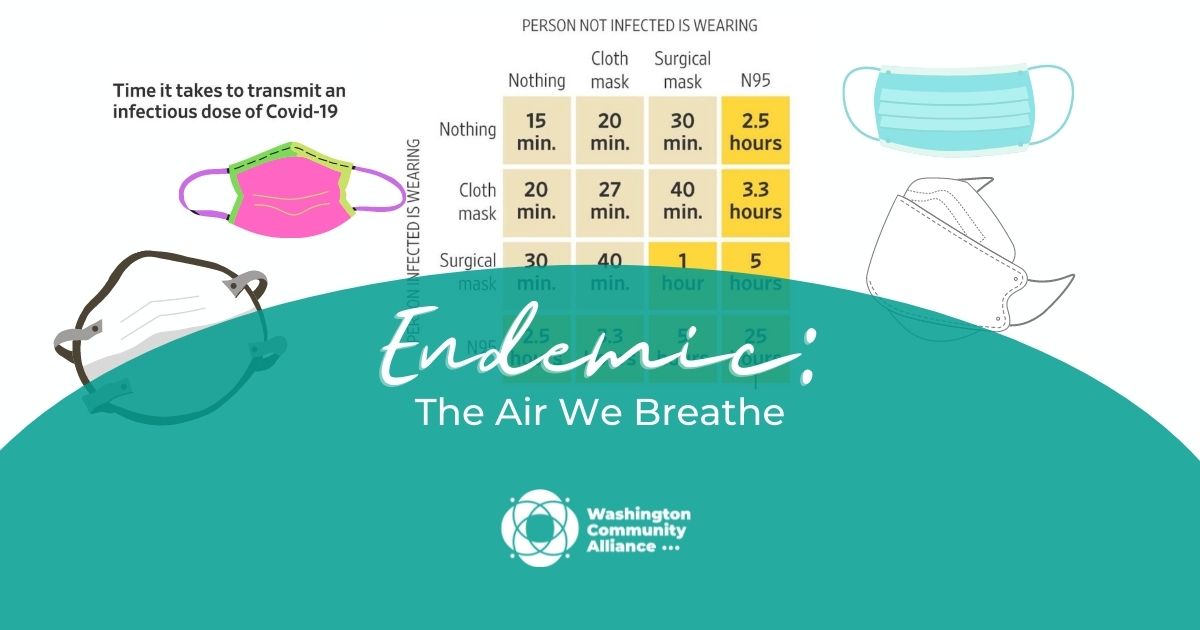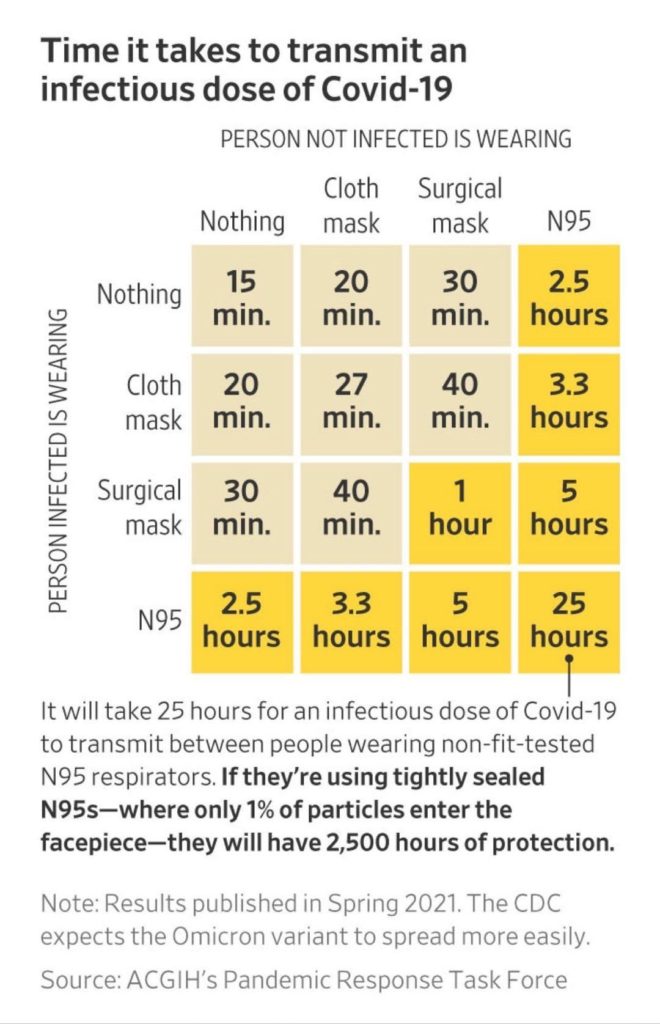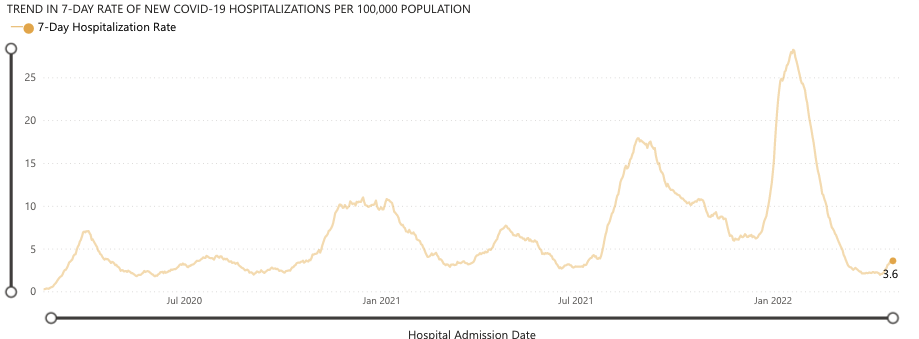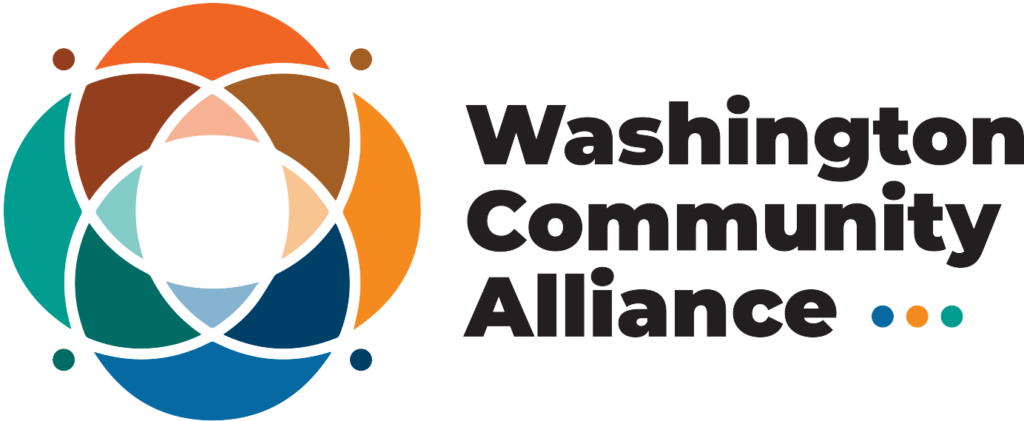
Friends— We’ll dive into the air we breathe, which matters immensely for a respiratory disease like COVID-19. But first, we’ll cover the new Omicron variants and latest hospitalization data for Washington.
🙏 COVID-19 Resources
- Order 4 free at-home COVID tests (note: any single address can only be used one time)
- Additional option to order free at-home COVID tests (WA only)
- Find vaccines near you
- Testing locations
📰 Recent News
A new Omicron variant (BA.2.12.1) now makes up around 29% of the cases in the US. The CDC reports this variant is about 25% more transmissible than the original Omicron. In South Africa, they recently experienced a wave from Omicron variants BA4 and BA5, which share similar characteristics to BA.2.12.1 that make it more transmissible. The country also largely avoided these variants thanks to South Africans’ natural immunity from their January wave.
The good news is, so far, the BA4 and BA5 variants don’t appear to be more severe than other strains. We’ll be following the data closely to see how they progress.
📊 Washington’s COVID-19 Weekly Snapshot
Hospitalization rates 🏥
The latest data point we have is April 23rd, with an average of 3.6 hospitalizations per 100,000 people. That’s almost double what it was at the beginning of April.
We do appear to be at the start of a ‘wave’, but the combination of immunity built up from vaccines and catching COVID (the CDC estimates 60% of Americans have had COVID!) means we’ll have better protection from severe illness and hospitalizations than we did in previous waves. And as we mentioned in the first newsletter, as COVID becomes less severe and more transmissible with variants like BA2, hospitalization is a more useful metric than case counts to measure the severity of the disease.
For more detailed data, such as COVID-19 data by county, visit the WA Dept of Health COVID-19 Data Dashboard.
🫁 The Air We Breathe
It’s well-documented now that COVID-19 is a respiratory disease primarily transmitted through microscopic droplets, AKA “aerosols,” in the air. So, whenever we sneeze, talk, or breathe. This means we’ll get the most bang for our buck by cleaning our air, rather than sanitizing surfaces, when fighting COVID-19.
There’s three major ways to clean air:
- Right before it enters your body (i.e. a mask! 😷)
- Filtering existing air indoors, by using a filter over a ventilating system (like applying a filter and system over a box fan, or buying air purifiers and changing out filters as advised)
- Increasing the flow of clean outdoor air into a space (through an open window🪟—or, even better, windows!)
Gov. Inslee lifted the mask mandate on March 12th, citing the end of the Omicron wave. This is a welcome change for some and a worrying one for others.
So, how should you think about masks with the mandate over? It doesn’t have to be all or nothing when it comes to masks.
We recommend that you think about masks based on your personal and community risk. If you or someone you interact with have underlying health conditions that make you or them especially vulnerable to COVID-19, or if your work involves at-risk folks (for example, due to working in a nursing home), wearing a mask indoors probably makes sense.
Similarly, if your community experiences a significant outbreak of a new variant, wearing a mask in public indoor spaces makes sense. If the above doesn’t apply to you, you probably won’t need to be as vigilant about wearing a mask.
Of course, it’s also up to personal comfort levels regardless of risk, too! Ask yourself what you’re comfortable with, and quickly check-in on what the comfort levels are with those you plan to see. It might feel a little weird, but is as simple as going, “hey! I wanted to check that you don’t have a friend, roommate, or family member you’re worried about who’s high risk for COVID for when we hang. What are you comfortable with when it comes to masks? I’m personally [not planning on it unless you prefer it, ambivalent, still being careful, wearing one because XYZ, etc.]. Just wanting to practice good communication and care. Look forward to seeing you!” It’s all love, here, folks.

Not all masks are the same 😳
One failure of the public-health establishment has been the mixed, if any, information on types of masks regardless of emphasis on them generally.
As you can see from the study above (which was done pre-Omicron, so expect those times to be even shorter now), cloth masks only add about 10 minutes to your average time before you’d contract COVID compared to maskless. That might work for quick trips to the store, but for longer periods of time (like workplaces), cloth masks won’t cut it.
N95 masks offer a huge level of protection in comparison. However, they’re a lot more expensive, averaging $1-2 per mask.
In January, the Biden administration announced that they’d send free N95 masks to pharmacy retailers, like Walgreens and Fred Meyer, that could be picked up in person. There’s no system to see whether they’re still in stock, so you’ll probably want to call your pharmacy in advance. We’d like to see the government send N95 masks regularly to households, not just for COVID, but also for toxic wildfire smoke preparedness and future pandemics.
Keep schools and communities safe: Fight for clean air and HVACs! ✊
Last year in September, KING 5 reported that almost 800 Washington schools had ‘poor’ ratings for their Heating, Ventilation, and Air Conditioning (HVAC) systems. When HVAC systems aren’t fully functional, we know COVID (and other diseases like the flu!) spread far more easily.
This isn’t an accident. It’s the willful result of the legislature underfunding K-12 education for decades and our upside-down tax system, rigged by the wealthy and by corporate interests. As a result, everyone has been more vulnerable and worse off.
Since that KING 5 report, federal CARES money has helped many WA schools upgrade their HVAC to include high-quality HEPA filters that can remove COVID from the air. But imagine how much faster we could have resumed in-person teaching and helped our kids overall if schools weren’t neglected. Don’t even get us started on childcare.
Water-borne illnesses, such as typhoid and cholera, used to be commonplace until we modernized and improved our sewage and water infrastructure. In 2021, we won against corporate interests to pass the HEAL Act. If we join together again, we can rebuild from this pandemic with cleaner air for everyone and future generations.
What do you think? Have any questions? Tweet us your thoughts @WACommAlliance.
Keep up on Washington’s latest COVID-19 trends, new research, and more through our Endemic newsletter.


